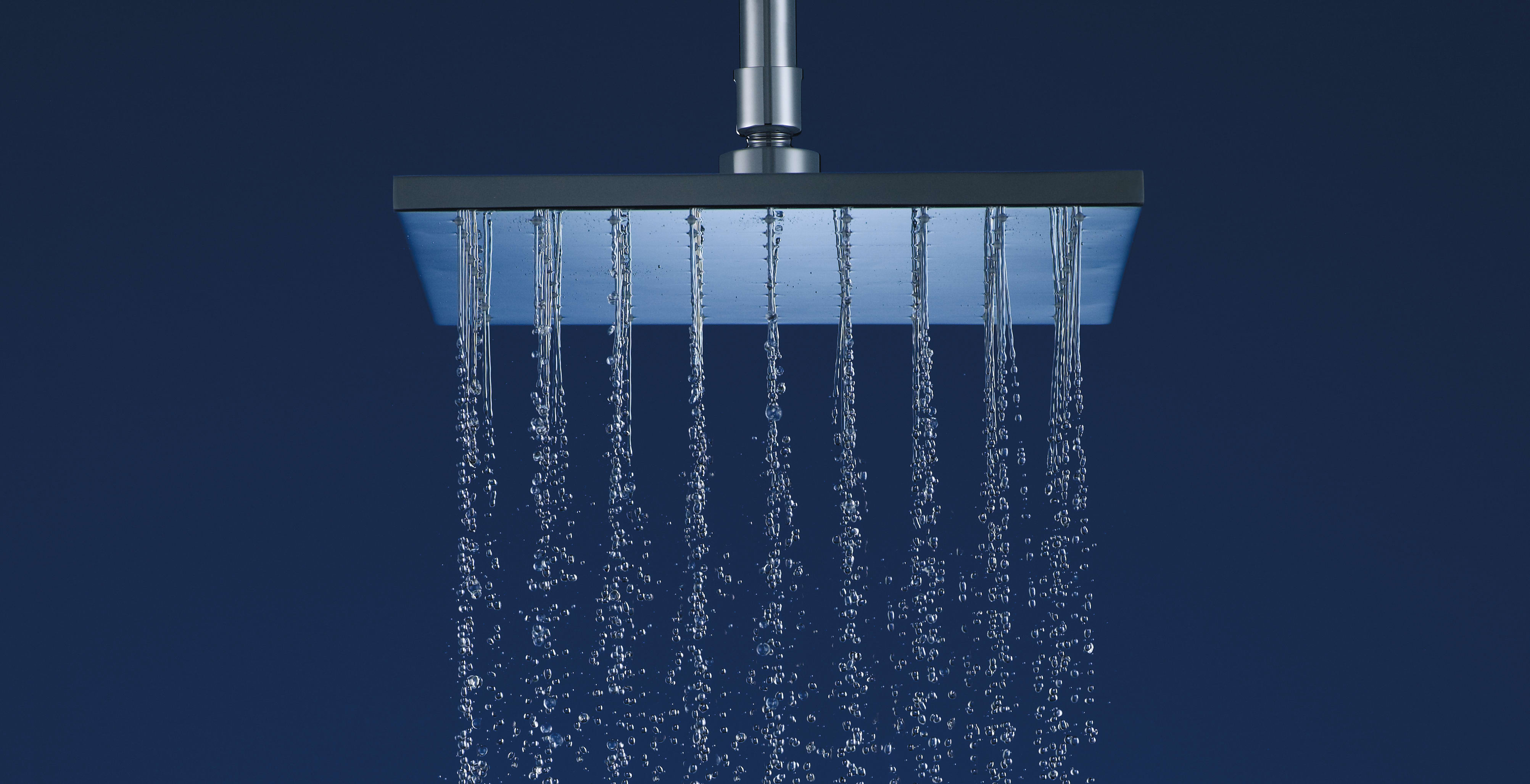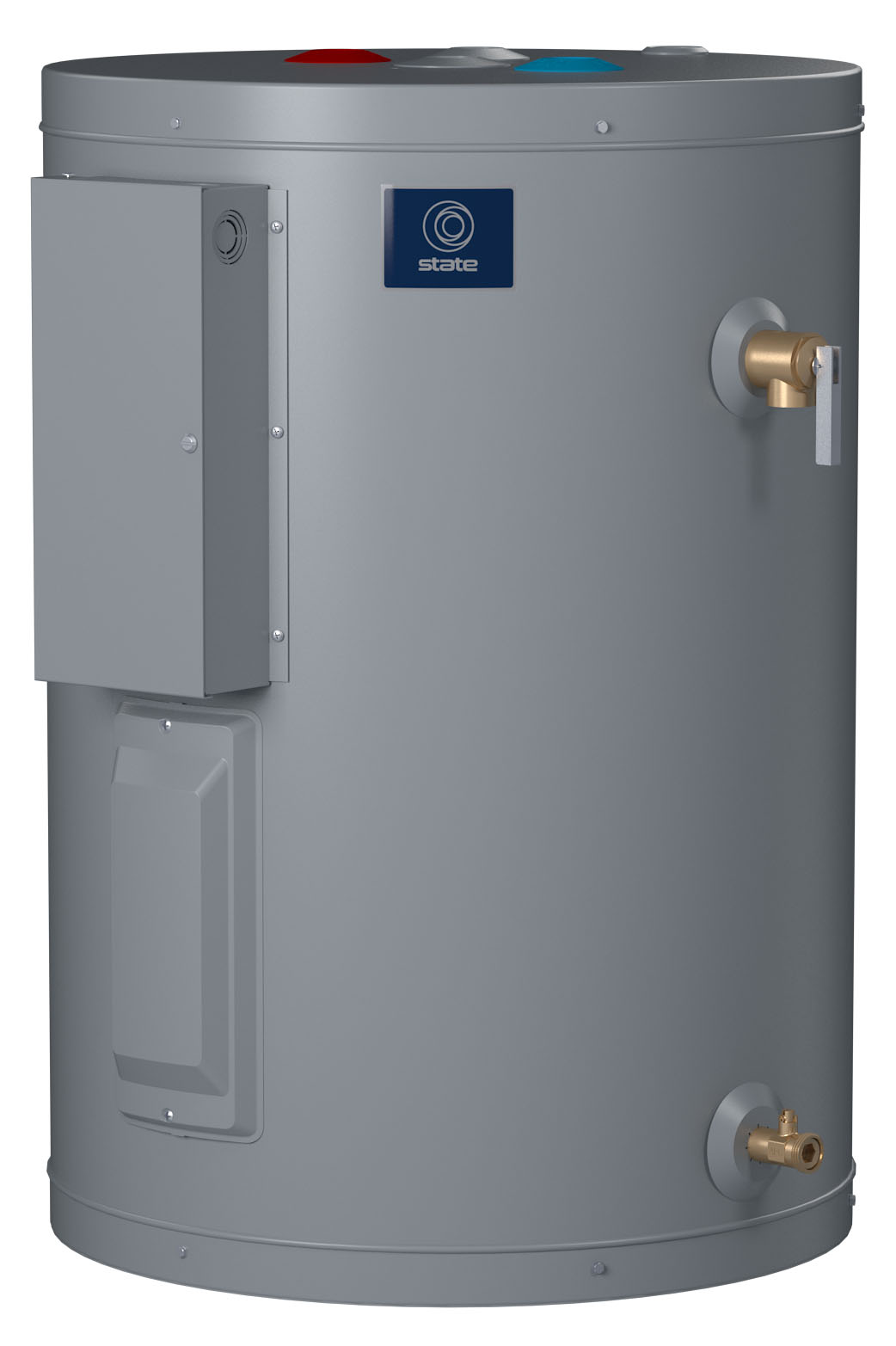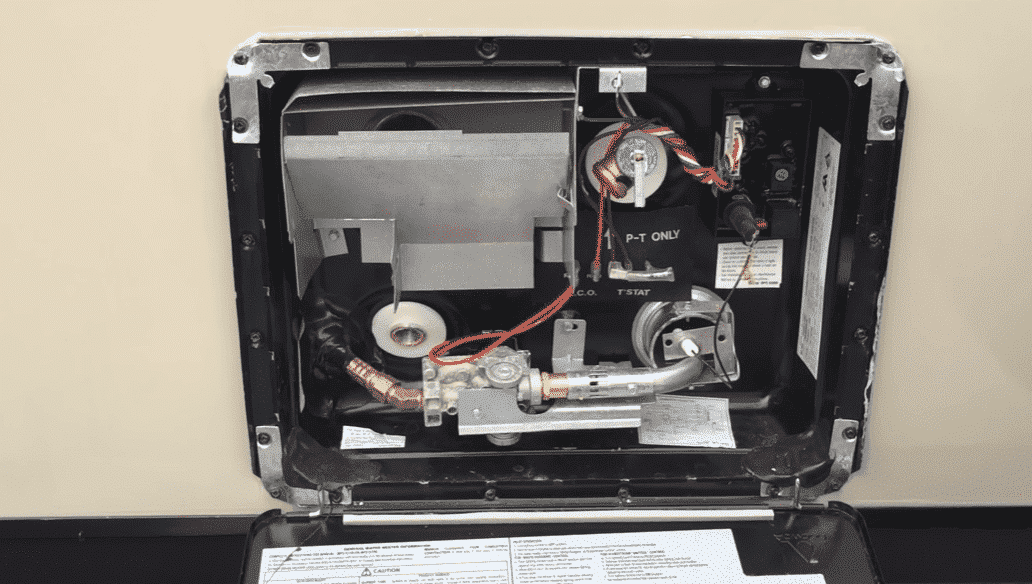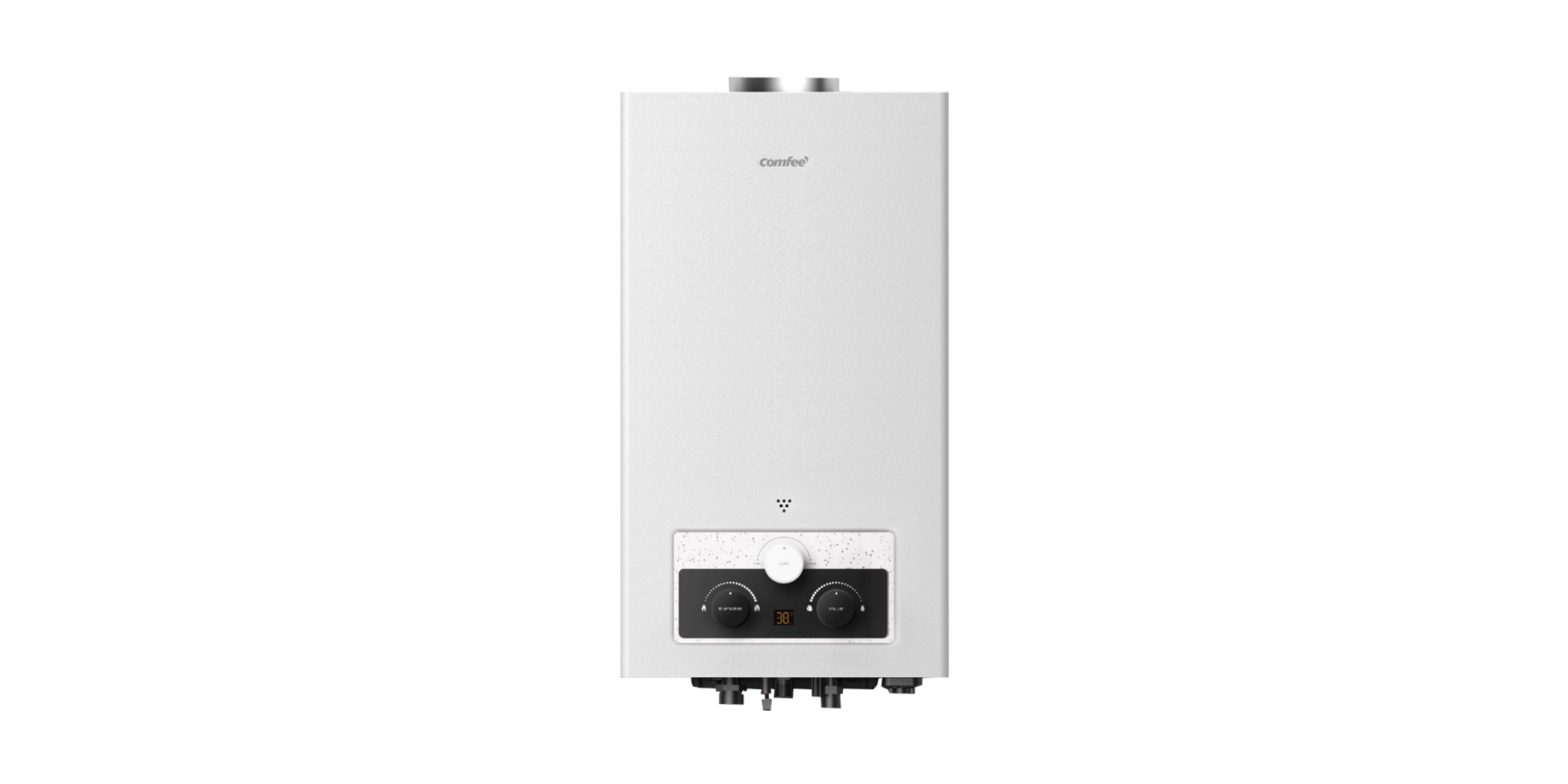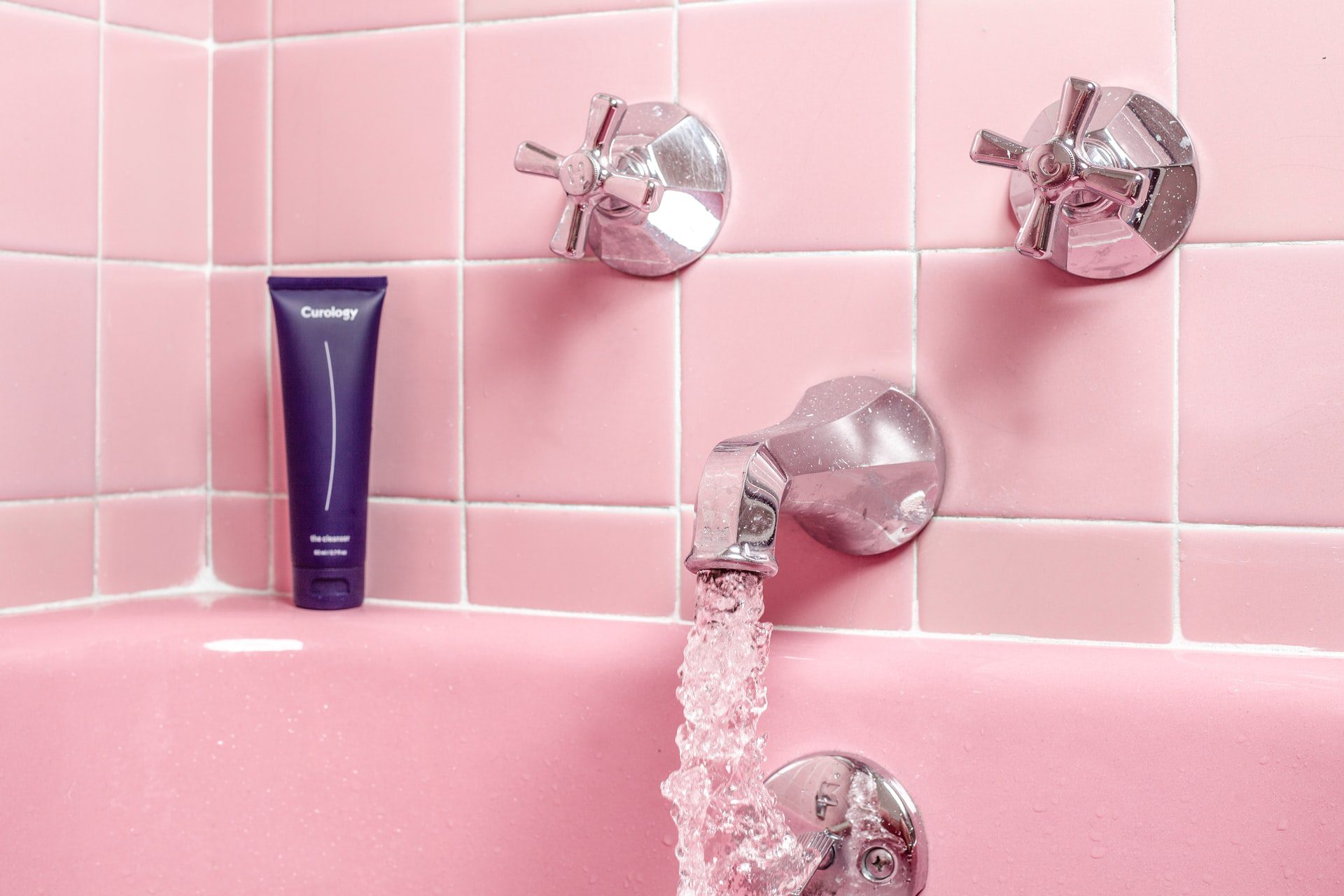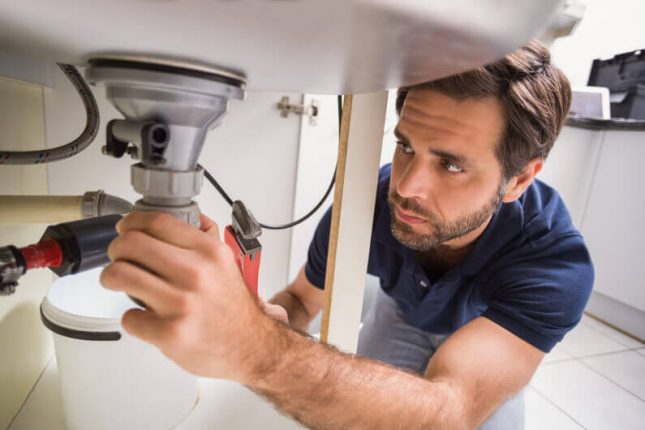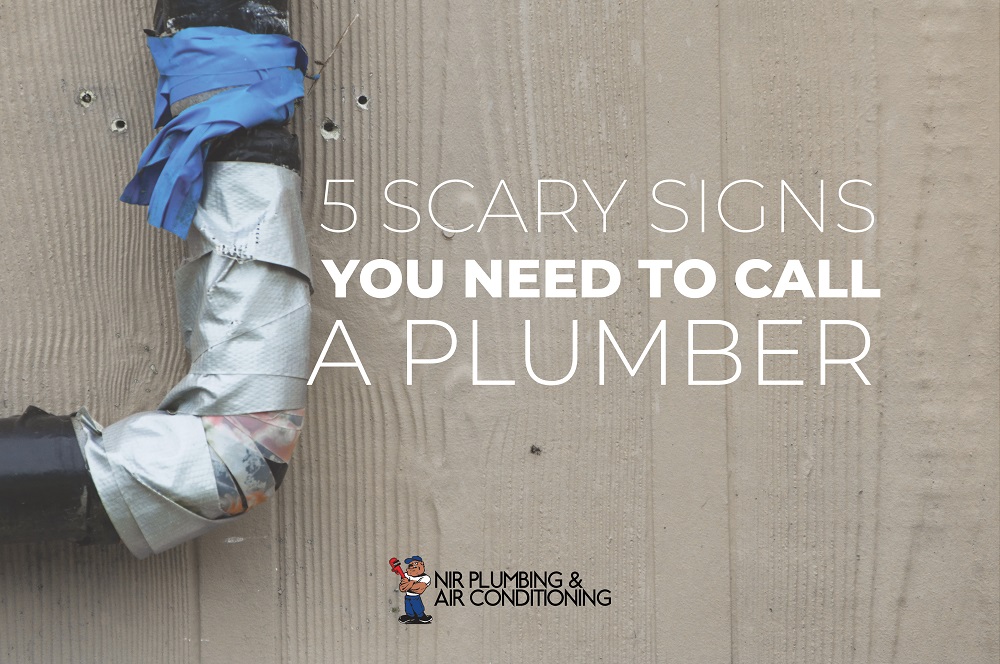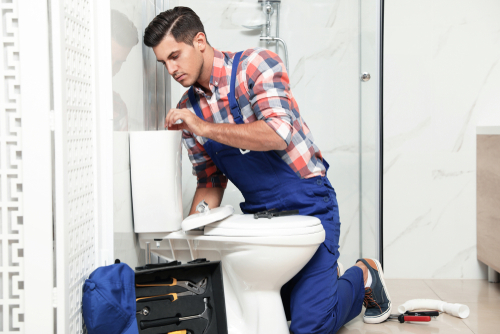If your kitchen sink is not getting any water pressure, the first thing you should check is the water supply valve. This is the valve that controls the flow of water to your sink. Sometimes, it can accidentally get turned off or partially closed, resulting in low water pressure. Make sure the valve is completely open and check your sink again to see if the pressure has improved.1. Check the water supply valve
The aerator is a small screen at the end of your faucet that mixes air with the water to create a steady stream. Over time, it can become clogged with mineral deposits and debris, causing a decrease in water pressure. To clean the aerator, unscrew it from the faucet and soak it in a solution of equal parts water and vinegar for an hour. Rinse it off and screw it back onto the faucet.2. Clean the aerator
If the water supply valve and aerator are not the issue, the problem may lie within the pipes. Over time, debris, hair, and other materials can build up and create clogs in the pipes, restricting the flow of water. You can use a plunger or a plumbing snake to try and remove any clogs. If the clog is severe, it may be best to call a professional plumber.3. Check for clogs in the pipes
The water pressure regulator is a valve that controls the pressure of water coming into your home. If it is malfunctioning, it can cause low water pressure in your sink. Locate the regulator and check to see if it is set to the appropriate pressure for your home. If it is not, you may need to adjust it or replace it.4. Check the water pressure regulator
The faucet cartridge is a small mechanism inside the faucet that controls the flow of water. If it is damaged or worn out, it can cause low water pressure. To check the cartridge, turn off the water supply and unscrew the handle of the faucet. Remove the cartridge and inspect it for any damage or wear. If necessary, replace the cartridge with a new one.5. Inspect the faucet cartridge
If there are any leaks in the pipes leading to your sink, it can result in low water pressure. Inspect the pipes under the sink and look for any visible leaks. If you find any, you will need to repair or replace the affected section of the pipe.6. Check for leaks in the pipes
If none of the above solutions have improved the water pressure, it may be time to replace your faucet. Over time, faucets can wear out and become less effective, resulting in low water pressure. Consider investing in a high-quality, efficient faucet to ensure good water pressure in your kitchen sink.7. Replace the faucet
If the water pressure issue is only affecting your kitchen sink, it could be a localized problem. Check the water pressure in other faucets in your home to see if they are also experiencing low pressure. If they are, the problem may be with the water supply to your home, and you may need to contact your water provider.8. Check the water pressure in other faucets
If you have a hot water heater, it may be the cause of your low water pressure. Sediment and mineral deposits can accumulate in the tank and affect the flow of water. It is essential to regularly flush your water heater to prevent this buildup. If the water pressure issue is only affecting your hot water, this is likely the cause.9. Check the water heater
If you have exhausted all of the above solutions and still have low water pressure in your kitchen sink, it may be time to call a professional plumber. They will have the expertise and tools to diagnose and fix the issue, ensuring your kitchen sink has proper water pressure once again. In conclusion, low water pressure in your kitchen sink can be a frustrating problem. However, by checking the water supply valve, cleaning the aerator, checking for clogs, and inspecting various components, you can likely resolve the issue yourself. If not, do not hesitate to call a plumber for assistance. With a little bit of troubleshooting, you can get your kitchen sink working with proper water pressure again.10. Call a plumber
How to Troubleshoot Low Water Pressure in Your Kitchen Sink
 If you're experiencing low water pressure in your kitchen sink, it can be a frustrating and inconvenient problem. However, before calling a plumber, there are a few things you can check and try to fix the issue yourself. In this article, we'll discuss some common causes of low water pressure in the kitchen sink and how to troubleshoot them.
If you're experiencing low water pressure in your kitchen sink, it can be a frustrating and inconvenient problem. However, before calling a plumber, there are a few things you can check and try to fix the issue yourself. In this article, we'll discuss some common causes of low water pressure in the kitchen sink and how to troubleshoot them.
Check the Aerator
 The first thing to check when you have low water pressure in your kitchen sink is the
aerator
. This small mesh screen is located at the end of the faucet and helps to regulate the water flow. Over time, it can become clogged with mineral deposits and debris, causing a decrease in water pressure. To clean the aerator, unscrew it from the faucet and use a toothbrush or small brush to remove any buildup. Rinse it with water and screw it back on. This simple fix may solve the problem.
The first thing to check when you have low water pressure in your kitchen sink is the
aerator
. This small mesh screen is located at the end of the faucet and helps to regulate the water flow. Over time, it can become clogged with mineral deposits and debris, causing a decrease in water pressure. To clean the aerator, unscrew it from the faucet and use a toothbrush or small brush to remove any buildup. Rinse it with water and screw it back on. This simple fix may solve the problem.
Inspect the Pipes
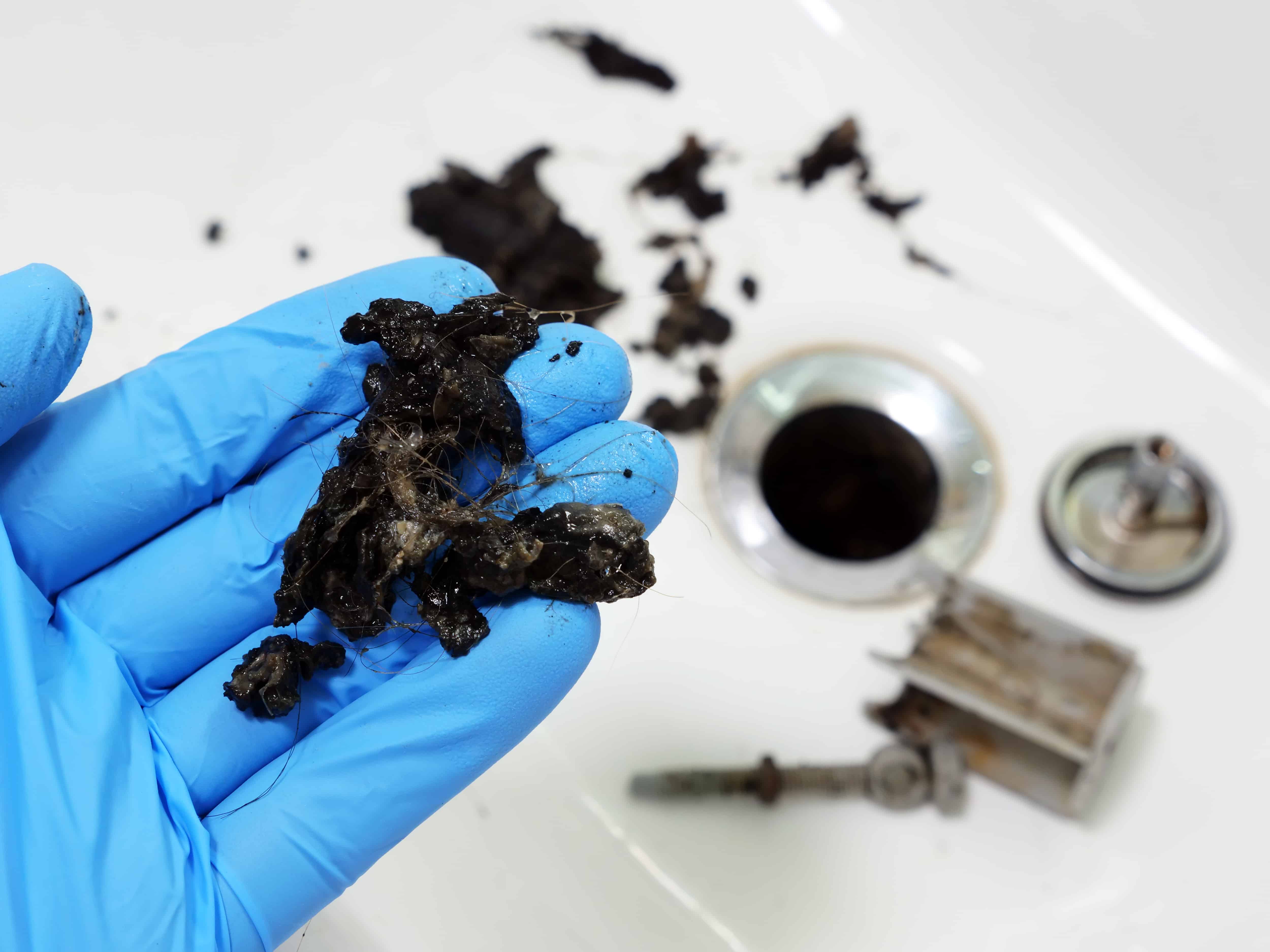 Another common cause of low water pressure in the kitchen sink is
obstructions or leaks in the pipes
. Inspect the pipes under the sink for any visible signs of damage or leaks. If you notice any, it's best to call a professional plumber to fix the issue. If there are no visible issues, you can also try running hot water through the pipes to clear out any buildup or debris that may be causing the low pressure.
Another common cause of low water pressure in the kitchen sink is
obstructions or leaks in the pipes
. Inspect the pipes under the sink for any visible signs of damage or leaks. If you notice any, it's best to call a professional plumber to fix the issue. If there are no visible issues, you can also try running hot water through the pipes to clear out any buildup or debris that may be causing the low pressure.
Check the Shut-Off Valves
 There are two shut-off valves located under the sink, one for hot water and one for cold water. These valves control the water flow to the sink and can sometimes get partially closed, causing low water pressure. Make sure both valves are fully open and try running the water again to see if the pressure has improved.
There are two shut-off valves located under the sink, one for hot water and one for cold water. These valves control the water flow to the sink and can sometimes get partially closed, causing low water pressure. Make sure both valves are fully open and try running the water again to see if the pressure has improved.
Consider the Water Pressure Regulator
 If you've checked the aerator, pipes, and shut-off valves and are still experiencing low water pressure in your kitchen sink, it's possible that the issue lies with the
water pressure regulator
. This device is usually located near the main water supply and controls the pressure of the water coming into your home. If it's malfunctioning or needs to be adjusted, it can cause low water pressure. This is a more complex issue and may require the help of a professional plumber.
If you've checked the aerator, pipes, and shut-off valves and are still experiencing low water pressure in your kitchen sink, it's possible that the issue lies with the
water pressure regulator
. This device is usually located near the main water supply and controls the pressure of the water coming into your home. If it's malfunctioning or needs to be adjusted, it can cause low water pressure. This is a more complex issue and may require the help of a professional plumber.
Conclusion
 Low water pressure in the kitchen sink can be caused by a variety of factors, but most can be easily fixed with a little troubleshooting. In this article, we've discussed some common causes of low water pressure and provided some steps you can take to try and fix the issue yourself. If the problem persists, it's best to call a professional to properly diagnose and fix the issue.
Low water pressure in the kitchen sink can be caused by a variety of factors, but most can be easily fixed with a little troubleshooting. In this article, we've discussed some common causes of low water pressure and provided some steps you can take to try and fix the issue yourself. If the problem persists, it's best to call a professional to properly diagnose and fix the issue.





:max_bytes(150000):strip_icc()/GettyImages-1057621140-78ab2e946841421d9a7efeebe02935d2.jpg)
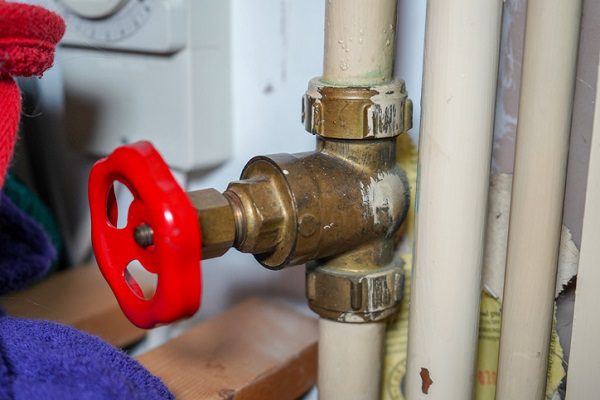






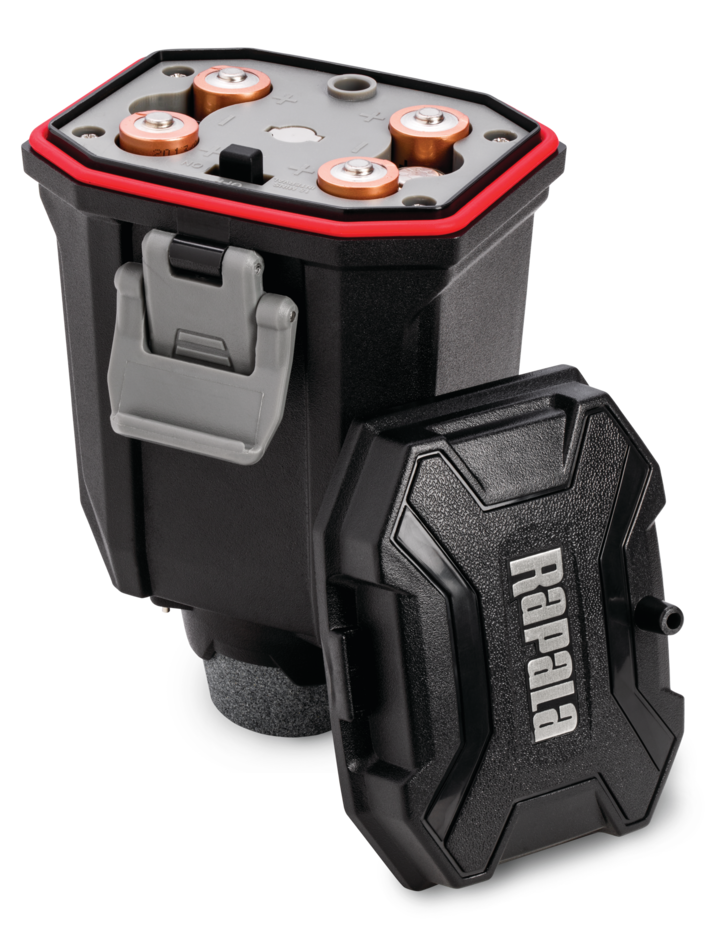



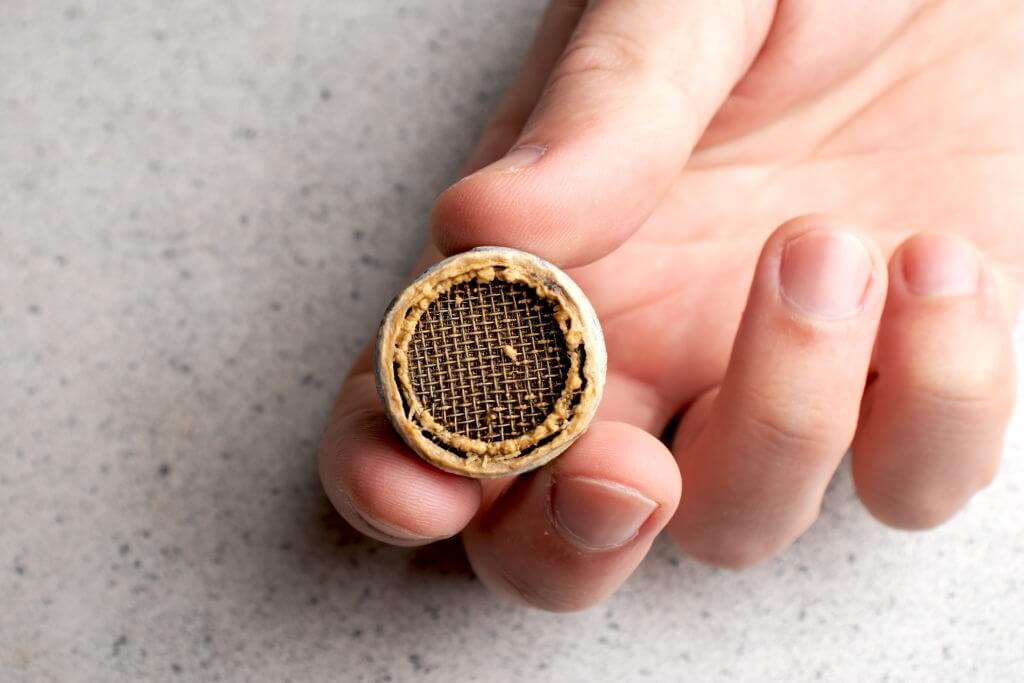


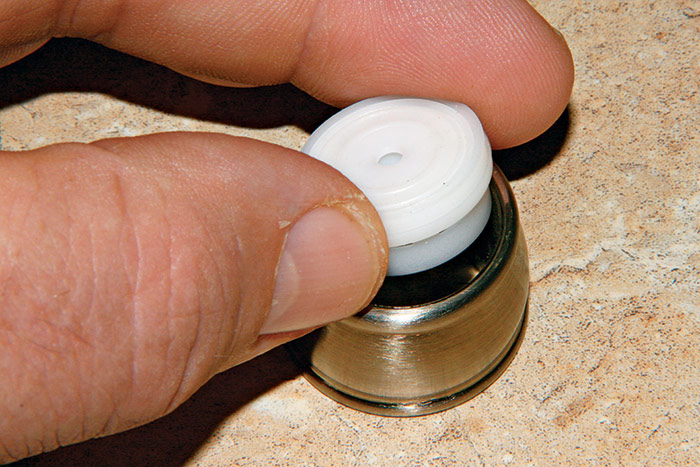
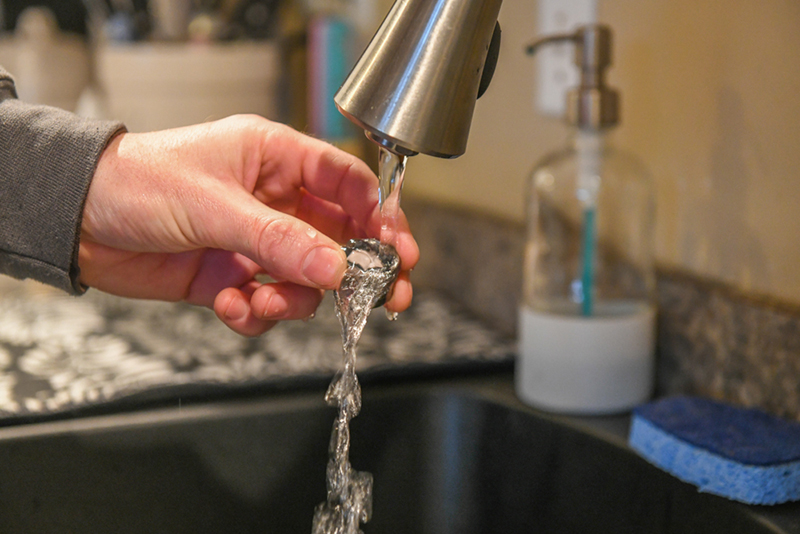


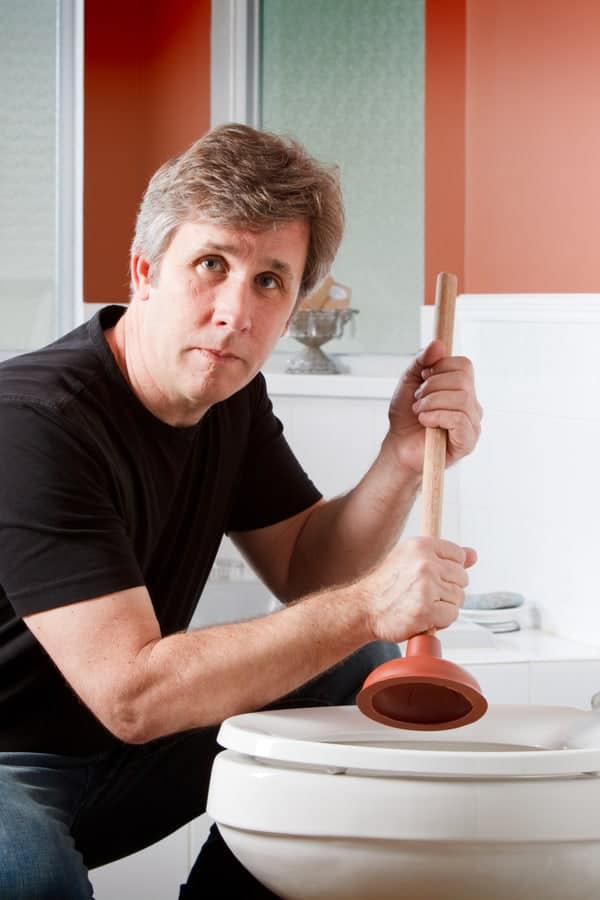





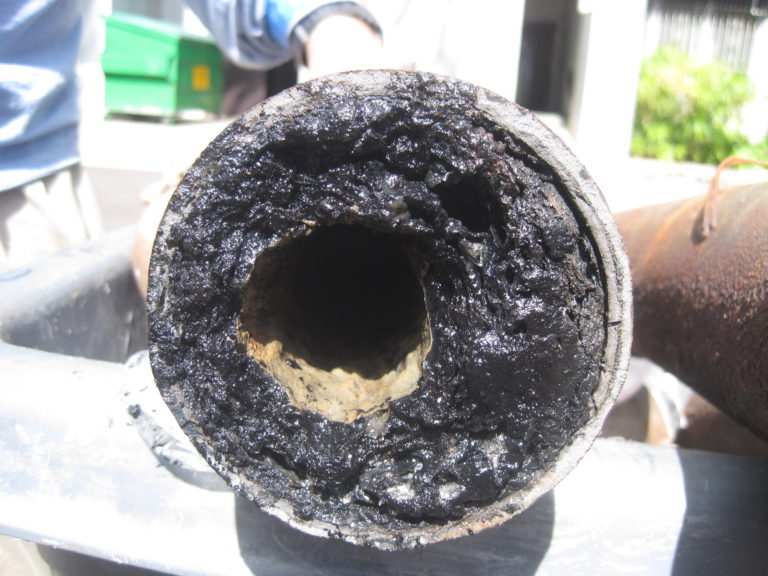




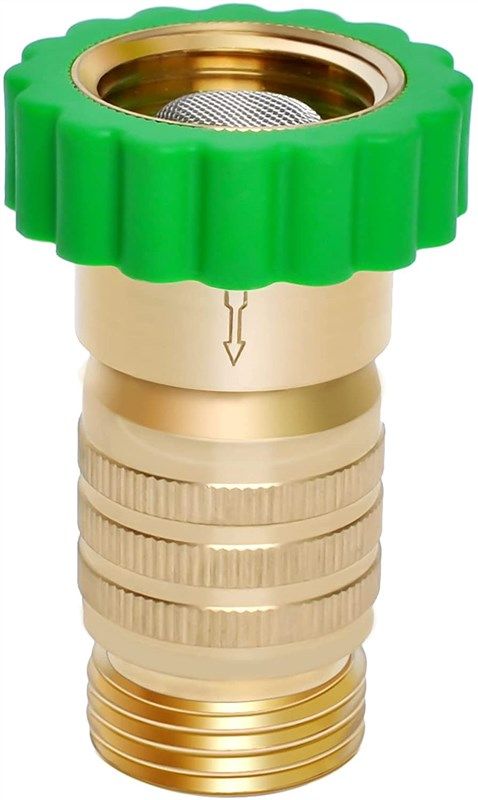


:max_bytes(150000):strip_icc()/the-men-s-hand-opens-the-ball-valve-on-the-collector-1006810456-5c5fc73fc9e77c000159c4af.jpg)
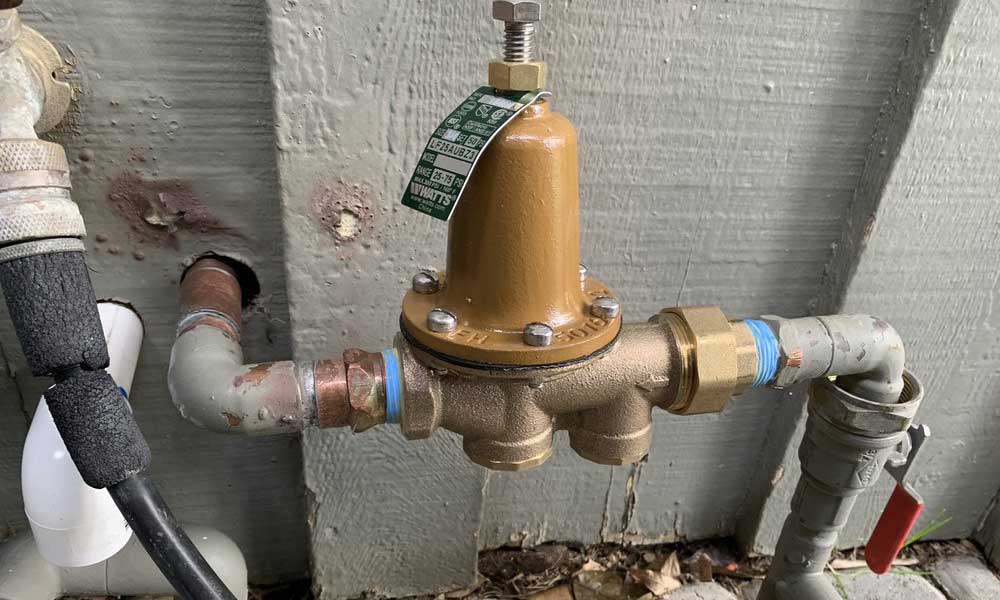



/testing-water-pressure-in-your-home-2718692-hero-98f45508ca5d44b6b551034ac5cedab5.jpg)







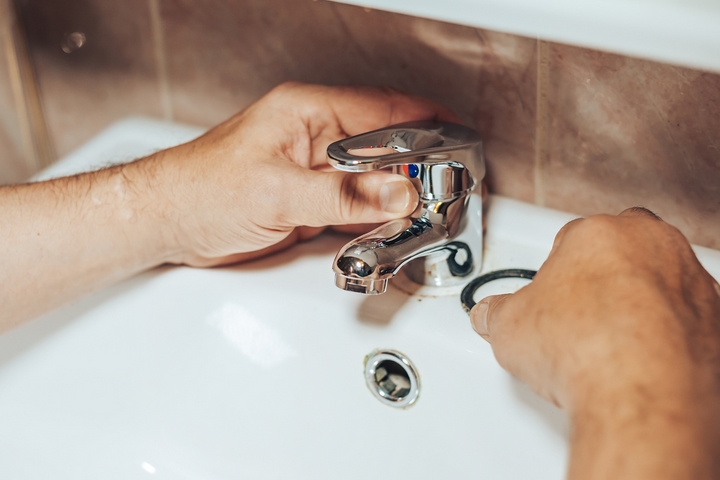
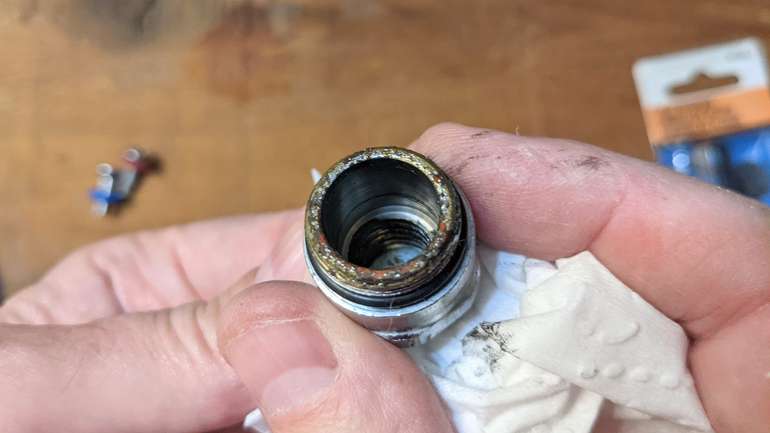

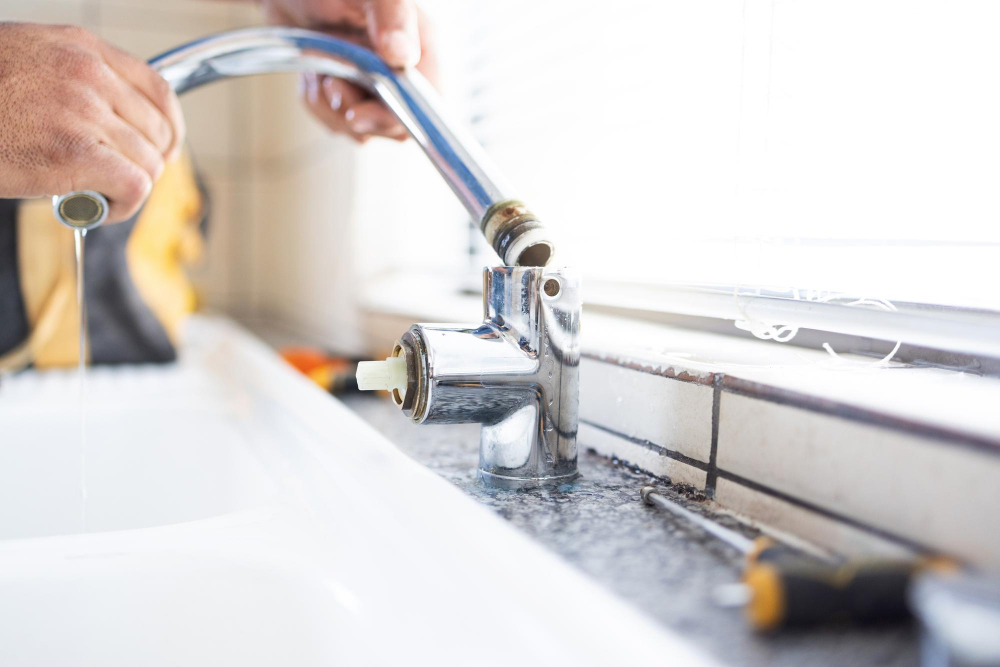



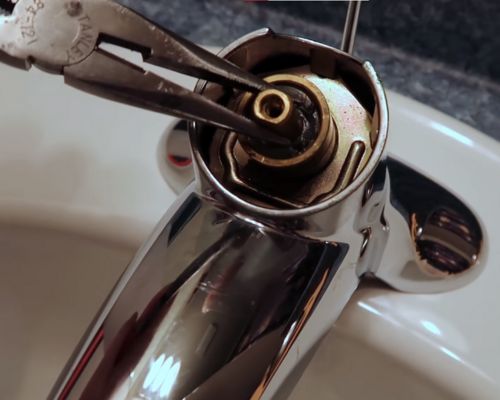





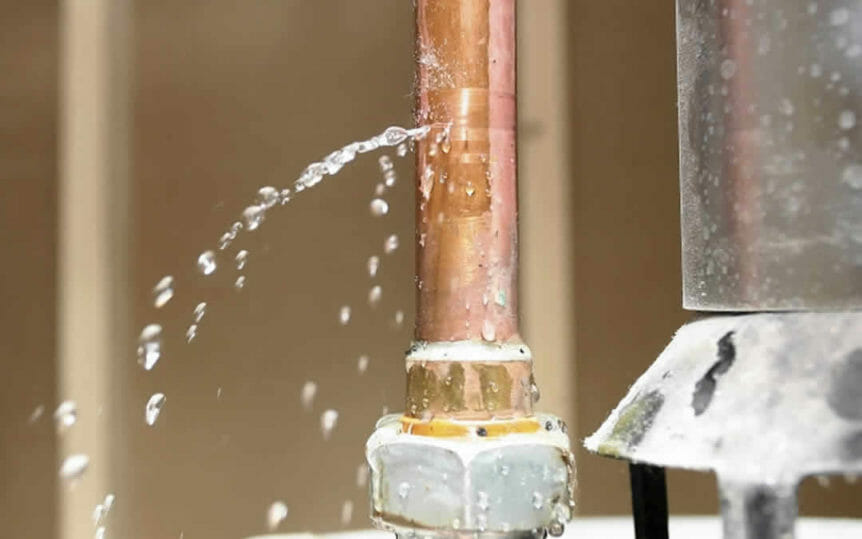

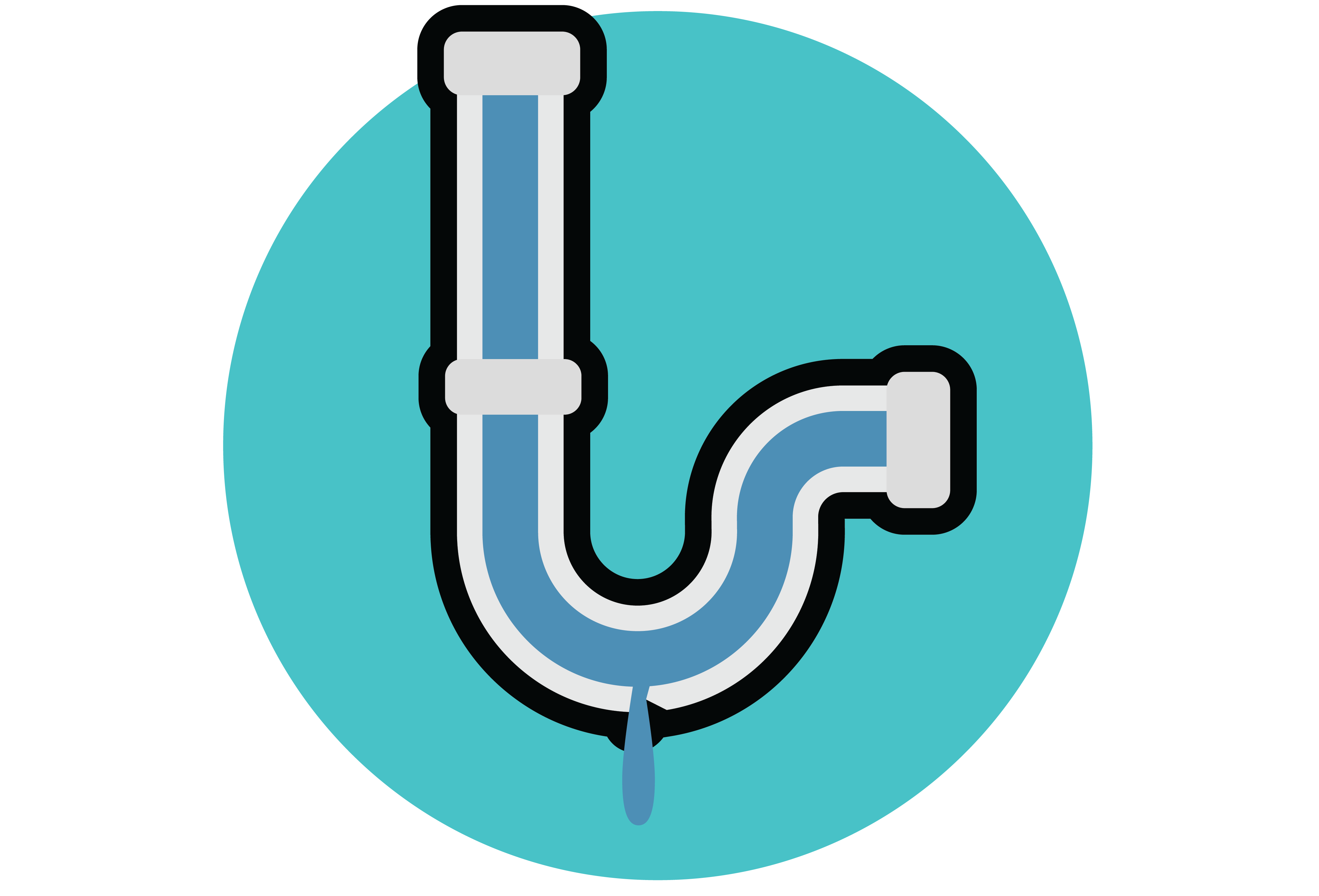

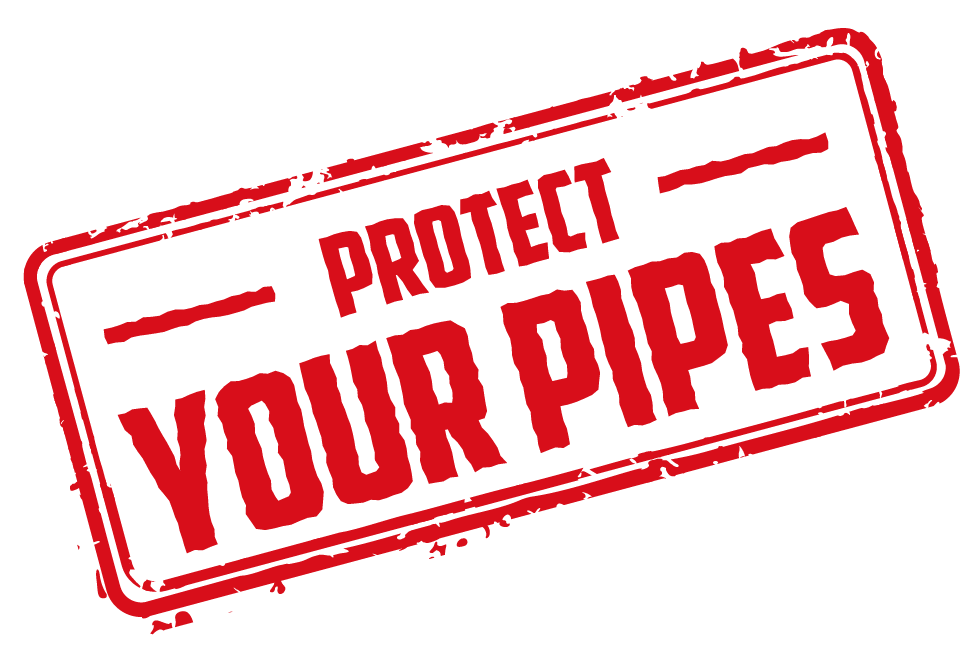



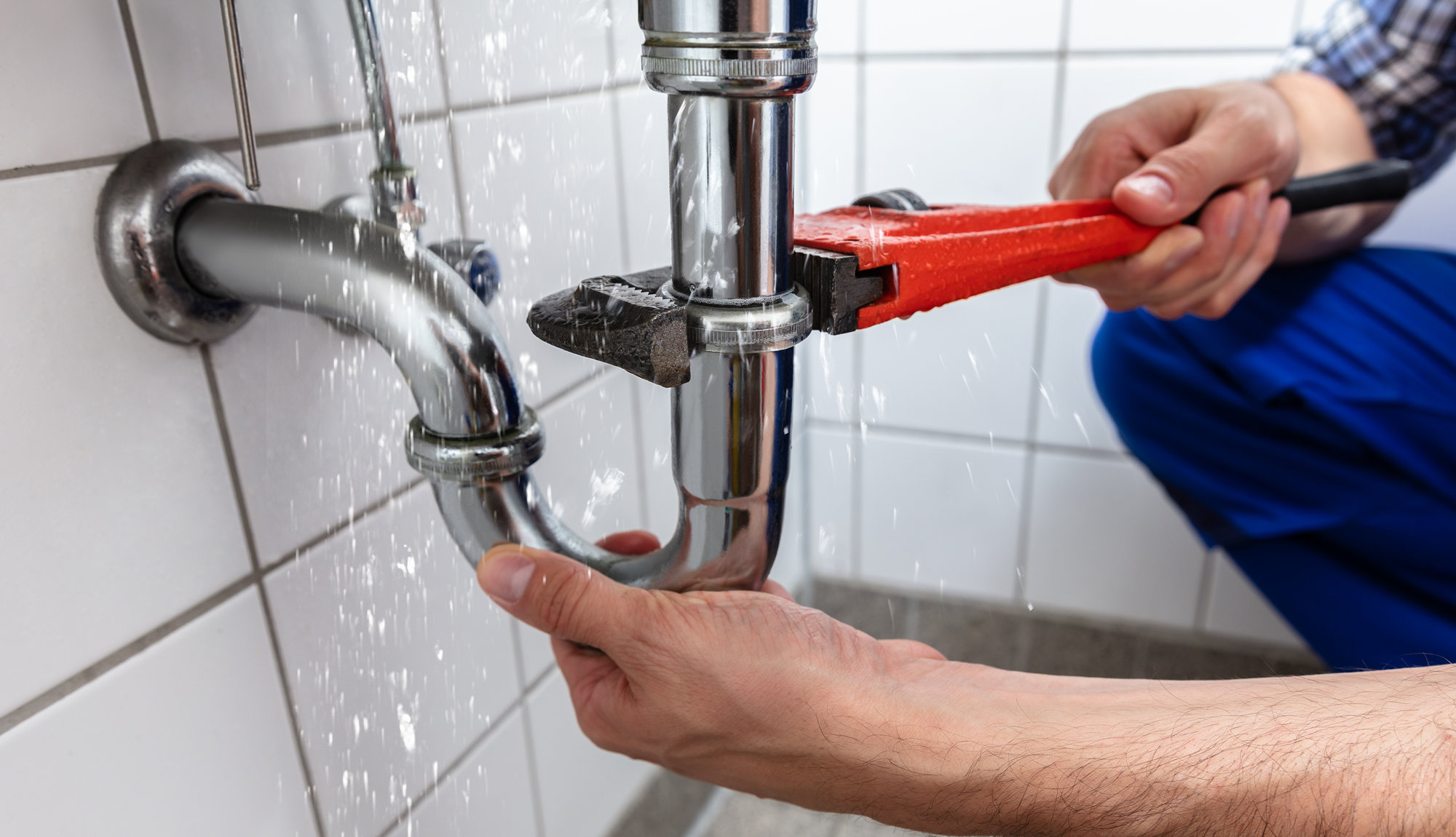

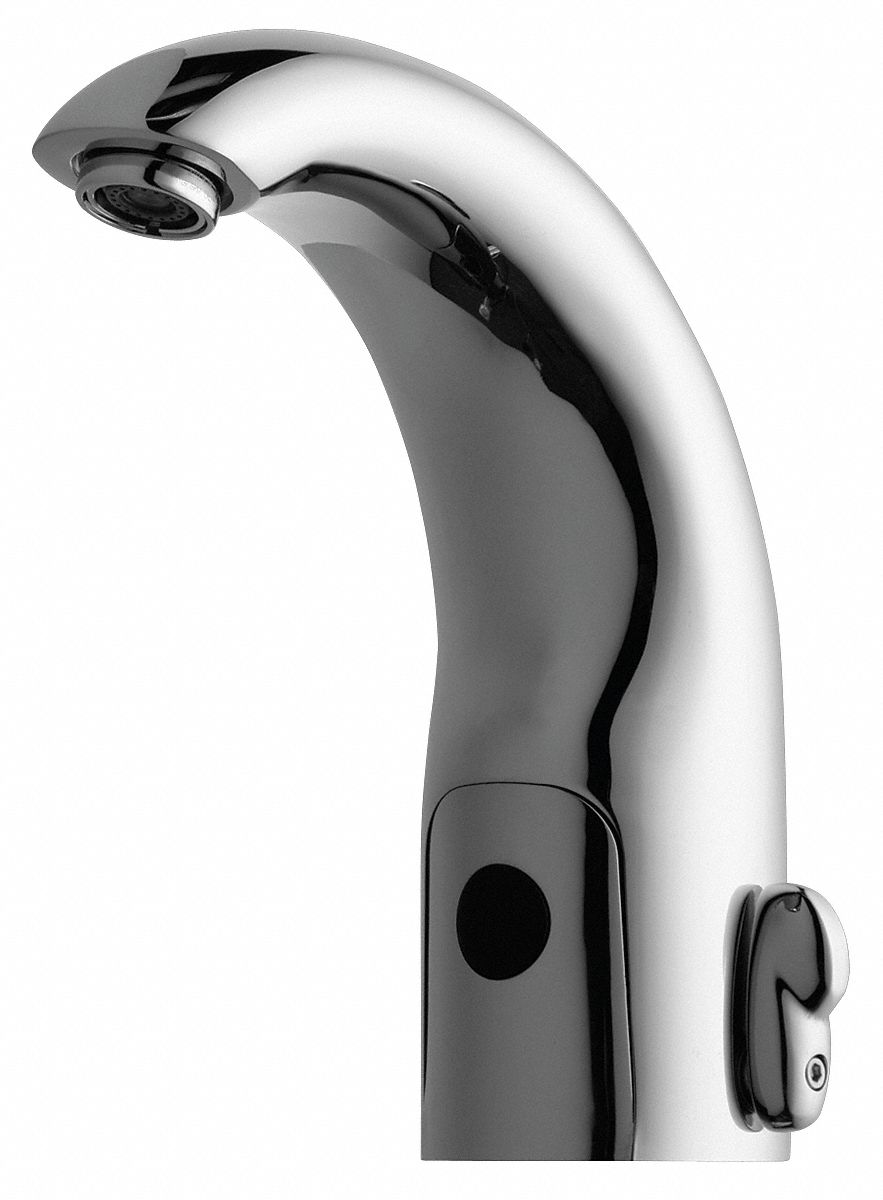





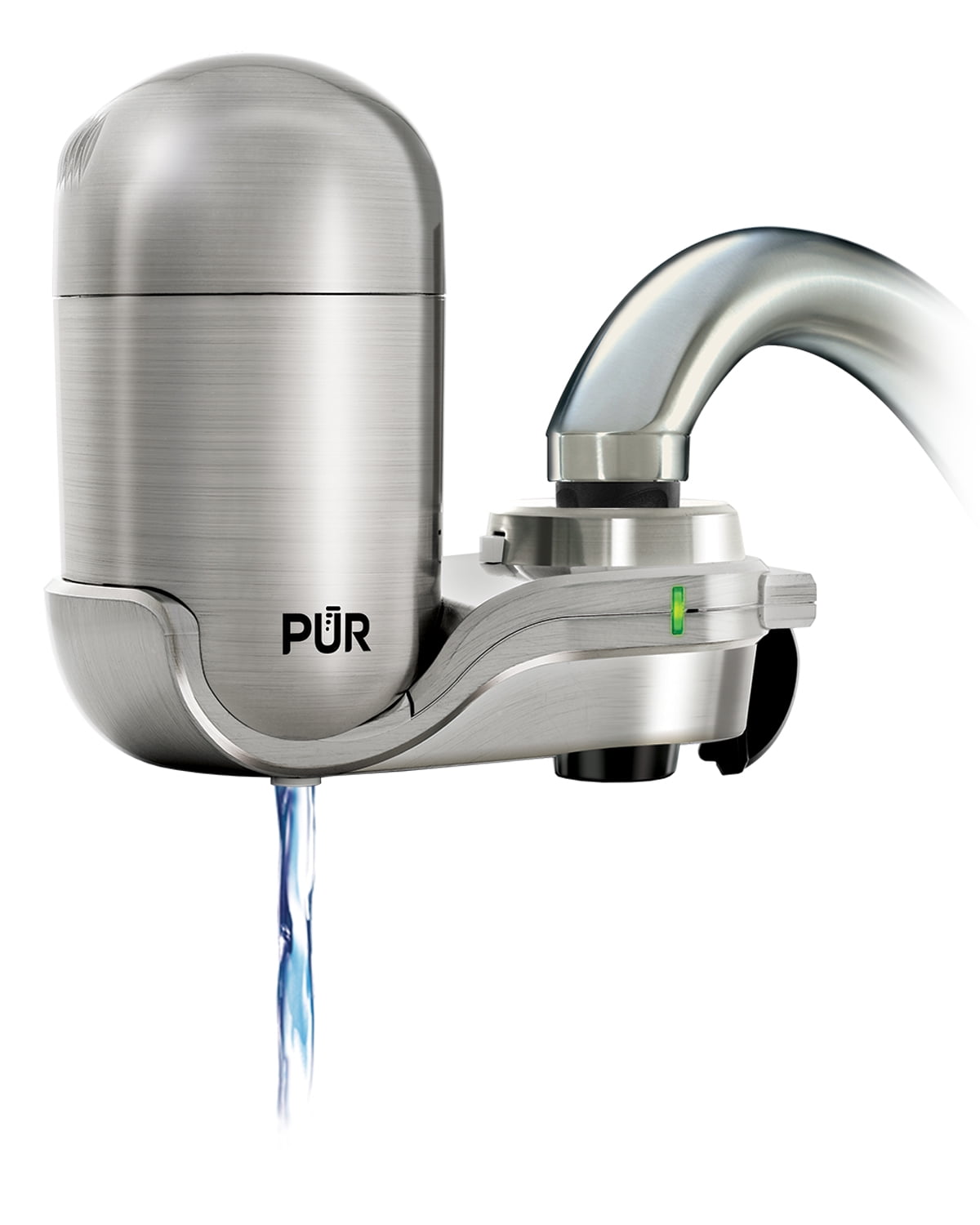
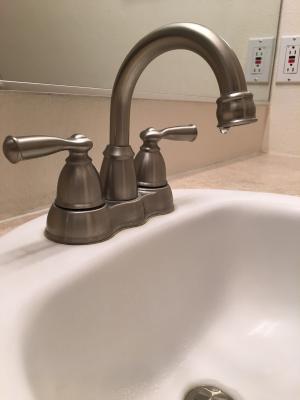
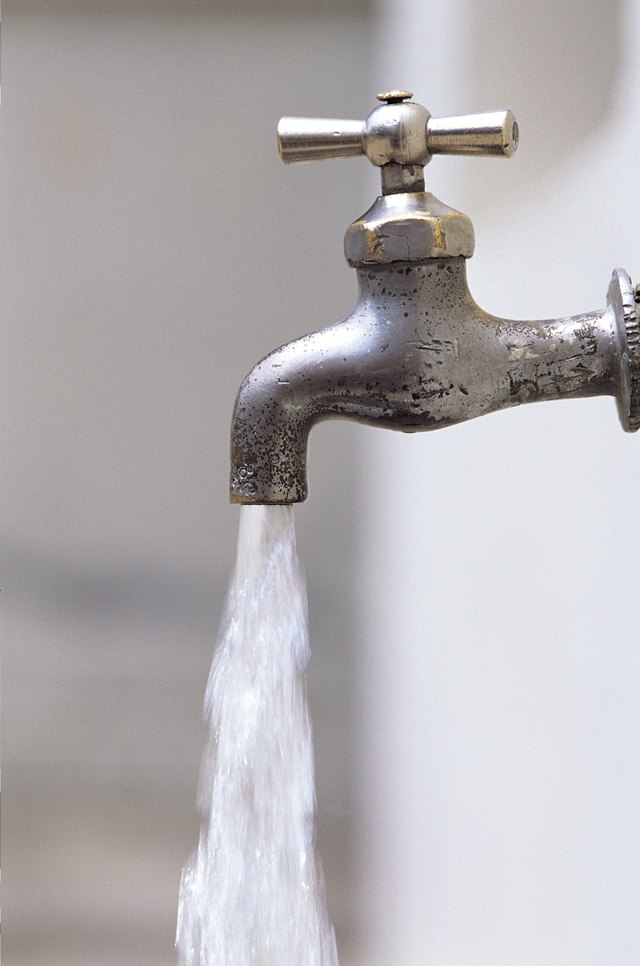



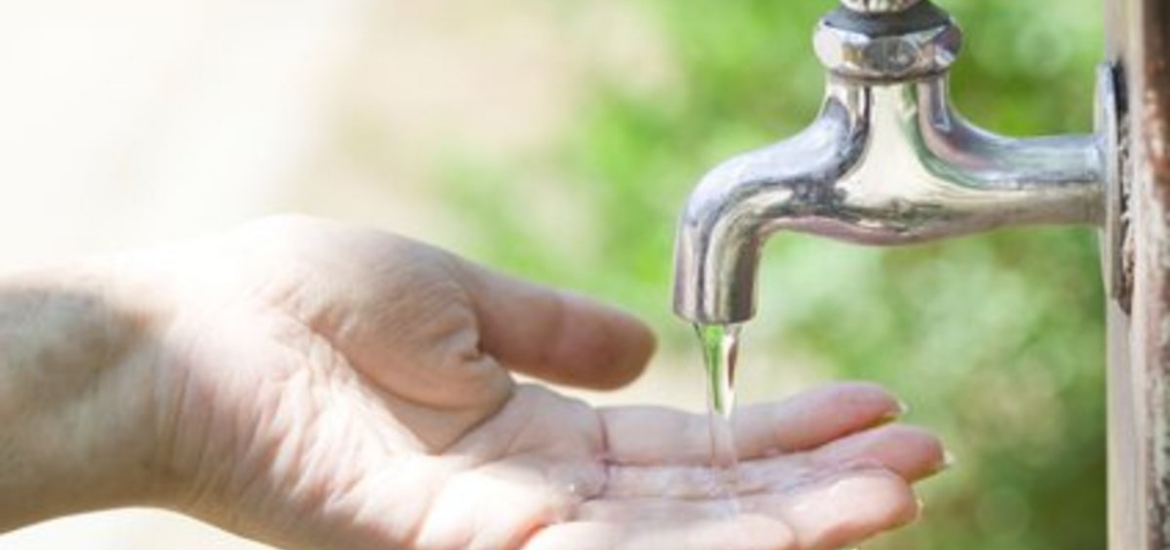
:max_bytes(150000):strip_icc()/testing-water-pressure-in-your-home-2718692-04-c37ab3236d0d4b61b87079ebf9ef823e-c1e1ef0104fb44778a287bd9bb5ec140.jpeg)

:max_bytes(150000):strip_icc()/testing-water-pressure-in-your-home-2718692-hero-98f45508ca5d44b6b551034ac5cedab5.jpg)
